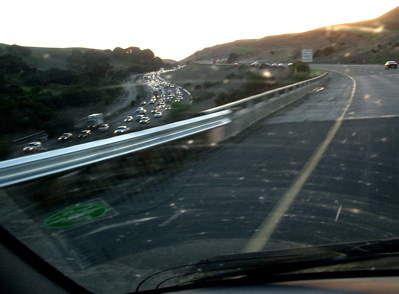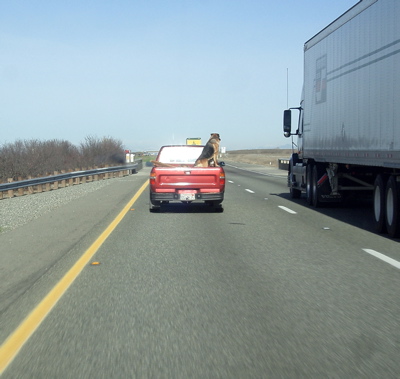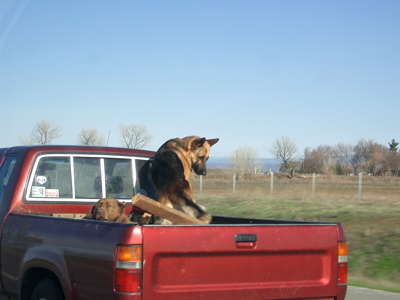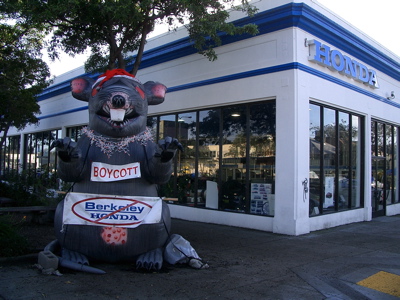Outside Illinois, the late Senator Everett McKinley Dirksen is probably best remembered for an ironic (and, it turns out, probably apocryphal) comment on federal spending. It went something like, “A billion here, a billion there, and pretty soon you’re talking real money.”
The quote, real or not, needs to be updated. A couple of economists — Columbia’s Joseph Stiglitz, a Nobel laureate and son of Gary, Indiana; and Harvard’s Linda Bilmes — are getting some attention for a new estimate of the Iraq War and its effects: $1 trillion to $2 trillion or more. When you include that with Bush’s other trillion-dollar-plus brainstorms — tax cuts for the rich, the new Medicare prescription benefits, Social Security semi-privatization — pretty soon you’re talking real money.
The up-front costs for Iraq, Afghanistan and the rest of the war that will never stop are staggering enough: something like $325 billion already. The amount spent on Iraq is about three-fourths of that number, about $230 billion; that works out to just under $7 billion a month since we decided to buy Iraqis their freedom from Saddam Hussein (oh — and remove the deadly threat to our future existence, too). We’ll spend another $50 billion to $100 billion in Iraq this year, depending on who you believe. After that — who knows. In a New York Times op-ed piece last August, Bilmes tallied the direct costs of the war at $1.3 trillion if the U.S. military presence is required for another five years.
Stiglitz’s and Bilmes’s reported analysis, which is supposed to be presented in Boston on Sunday at the annual meeting of the American Economic Association, tries to assess the war’s indirect costs, too. From an apparent press release posted Thursday on TPMCafe:
“The study expands on traditional budgetary estimates by including costs such as lifetime disability and health care for the over 16,000 injured, one-fifth of whom have serious brain or spinal injuries. It then goes on to analyze the costs to the economy, including the economic value of lives lost and the impact of factors such as higher oil prices that can be partly attributed to the conflict in Iraq. The paper also calculates the impact on the economy if a proportion of the money spent on the Iraq war were spent in other ways, including on investments in the United States
” ‘Shortly before the war, when Administration economist Larry Lindsey suggested that the costs might range between $100 and $200 billion, Administration spokesmen quickly distanced themselves from those numbers,’ points out Professor Stiglitz. ‘But in retrospect, it appears that Lindsey’s numbers represented a gross underestimate of the actual costs.’ ”
Of course, by themselves, these numbers don’t carry any moral weight. It’s just money, and we’ll get someone to float us a loan for the kids and grandkids to pay off. But as an example of the dishonesty, irresponsibility and self-delusion behind the war, the figures are staggering. A recent Brookings Institution paper that tries to come to grips with the war’s cost notes, “Government policies are routinely subjected to rigorous cost analyses. Yet one of today’s most controversial and expensive policies—the ongoing war in Iraq—has not been.” In other words, while spending commitments for education and social welfare have to survive the equivalent of a budgetary Inquisition, Congress has been happy so far to fund Iraq based on any wild-ass guess the White House feels like making.
Not that everyone was as casual about the war’s cost as those who launched it: Yale economist William Nordhaus published an analysis of potential costs two months before the war started that concluded the direct and indirect expense might total nearly $2 trillion if the conflict were “protracted and unfavorable.”




